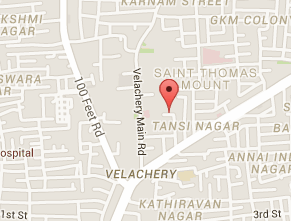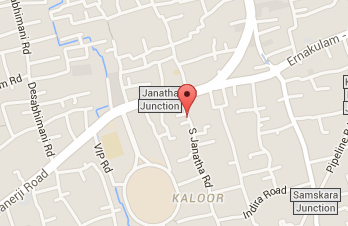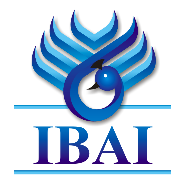Health Cover getting Healthier !

"A booster for health cover” is how The Business Line has titled the changes occurring in the medical/health cover sector in India. In the last decade health insurance were almost never bought by individuals. The few who had the same were recipients of add on life insurance coverage benefits or through corporate group polices often taken by the employer with the tax benefit in mind.
The article says this trend has gone and more and more people are pro actively purchasing health insurance on an individual level and standalone basis. The reason is very clear according to the World Health Study conducted in 2011. Health and medical expenses are one of the leading causes of poverty in India with around 63 million individuals (11.9 million households) pushed to below the poverty line in 2004. With the quality of medical care seeing a boom in India, the expenses have also increased substantially putting pressure on especially the middle class and lower class. This has prompted a vast majority to opt for some form of medical cover.
The Study states that as of 2010, over 300 million people (25% of the total population) have some sort of medical cover or the other. It is estimated that by 2015, a whooping 50% (approximately 630 million) of the Indian population will be able to access a health insurance programme. This sudden growth in the market has raised serious issues in terms of lack of innovative products and a sustainable pricing structure for the insurance companies. After the market opened to private players in 2001, cut throat competition saw may of the companies collapsing at their bottom line.
Hence on a priority basis the health insurance companies need to come up with innovative products that are aimed at specific sections of the society. Just like the option of insurers that a customer has, he should also have options in the product cover and benefits. The second priority is building an appropriate price structure. With an increased awareness of health insurance there is more willingness among people to pay for quality services. Hence insurance companies can utilise this outlook of the people to structure prices competitively. The next priority would be stabilising and legitimising the claims procedure. Every insurer's success depends upon their ability to settle claims in a reasonable manner. However appropriate measures need to be in place to curtail bogus and double claims.
The article summaries the situation by stating that despite the immense potential of the Indian health market, it is still in an infantile stage and anaemic.
- Log in to post comments






